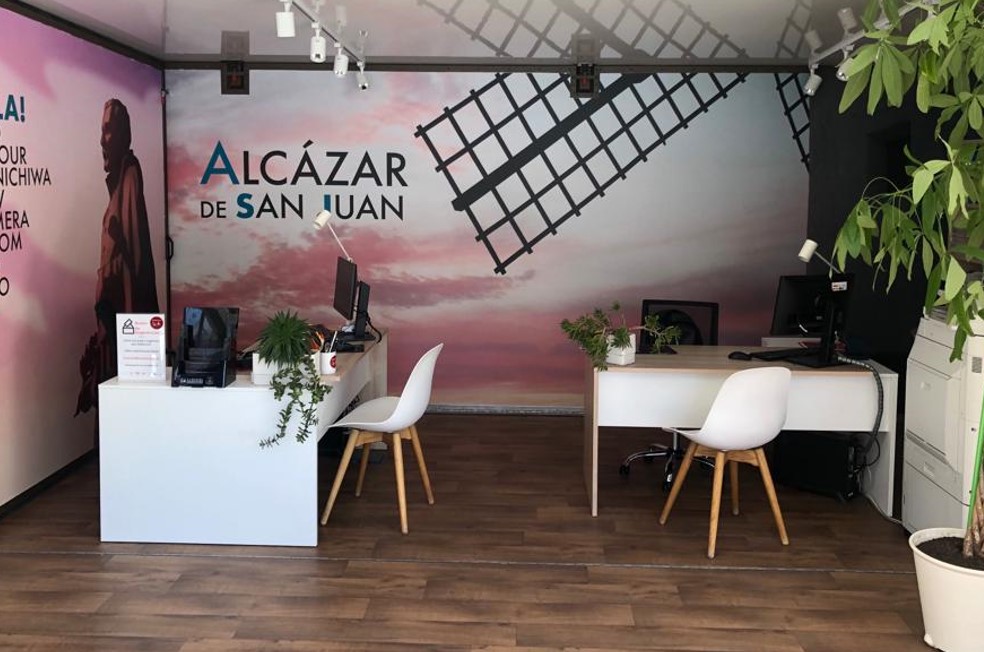In 1226 the archbishop of Toledo Fray Rodrigo Ximenez de Rada decreed: “…. that the churches of the Order of St. John have their doors closed at the time of the prayer of the canonical hours; that no baptisms or marriages be performed in those churches, except for the church of Alcazar, which is to be a parish church from now on….”.
The oldest parish in the city, in 1537 a papal bull of Pope Paul III was granted to the church, creating in the parish the chapter of St. Peter and St. Paul, becoming from that moment onwards the prior collegiate church of St. Mary, whose Prior and Chapter was presented by the Order of St. John and elected by the Archbishopric of Toledo.
Show more contentThe church of Santa Maria, today dedicated to the cult of the patron saint of the city, the Virgen del Rosario Coronada, is the result of an eclecticism of styles and periods due to its extensive history. Starting from a Romanesque building (which in turn agglutinated Visigothic and Arab constructions), it was also surrounded by Gothic, Mudejar and Renaissance elements, and finally topped with a Baroque altarpiece and chapel.
It is a church with three naves, a Latin cross plan, covered with a barrel vault with lunettes in the central nave and groin vault in the side naves. The separation between the central nave and the lateral ones is made by means of semicircular arches resting on rectangular section pillars, except for the first four where there are ancient Romanesque columns. The walls are of masonry sewn by rows of bricks, while the buttresses are of ashlar masonry in red sandstone, so common in the area. Its windows are rather small, linteled, topped with vegetal motifs and with grilles decorated with the cross of San Juan.
Two doors stand out on the north façade, the Perdón door and the entrance door to the church, known as the Umbría door. Of great severity, it is built in stone with a double projecting cornice and the shield dedicated to the Virgin crowns the door that is finished with a curved pediment.
In its interior the main altarpiece of 1595 stands out, in which the mysteries of the rosary represented in paintings (cycle of the life of the Virgin), the Ascension to the heavens surrounded by angels, the cross of San Juan and the vegetal decoration (branches and bunches) in its Solomonic columns are combined as ornamental motifs.
In the year of 1742 the Camarín de la Virgen del Rosario was finished, the result of the period to which it belongs, the end of the Baroque and Rococo periods. At this time the Counter-Reformation was in full swing with all its postulates that in the field of aesthetics made a commitment to theatricality and artifice of the forms and decoration. Thus, in the dressing room, there is a lower body made as a base of cobalt blue tiles, with vegetal motifs and angels, and an upper body (the wall and the dome) decorated with rocaille, with vegetal plasterwork and a carefully studied iconographic program that includes the Lauretan litanies that accompany the recitation of the rosary. To this decoration are added angels, which are the personal attribute of the Virgin of the Rosary, since she always appears surrounded by them.
In its archives is preserved a baptismal certificate dated November 9, 1558 that refers to the baptism of Miguel, son of Blas de Cervantes Sabedra and Catalina López, and at the foot of the church, under the choir, you can see the original baptismal font of the century. XVII.






